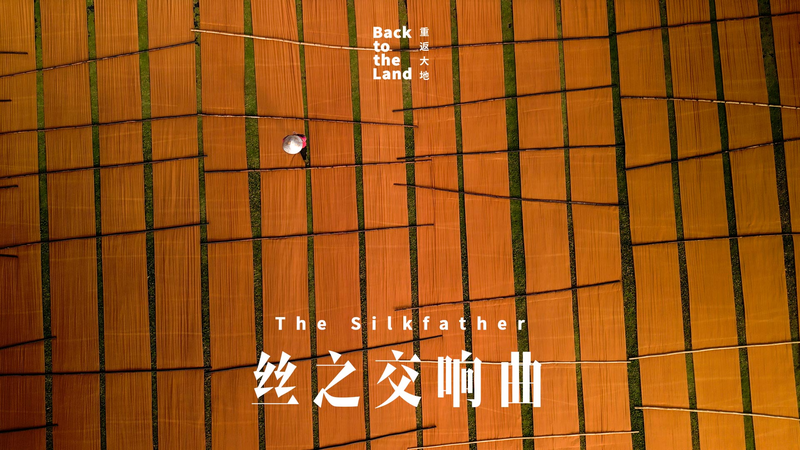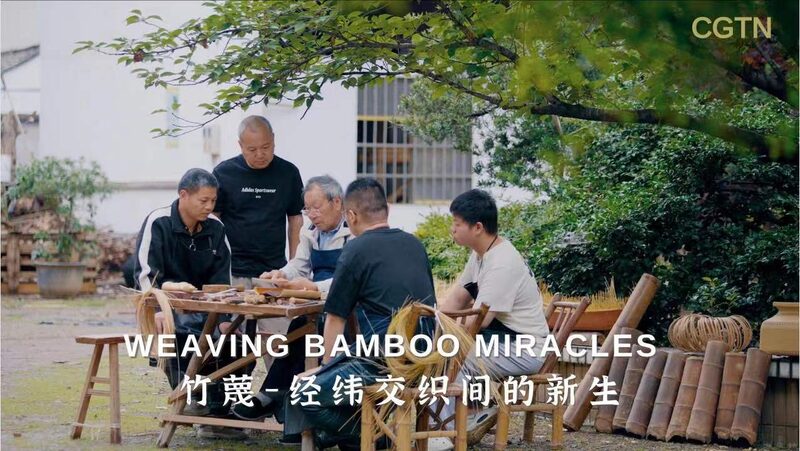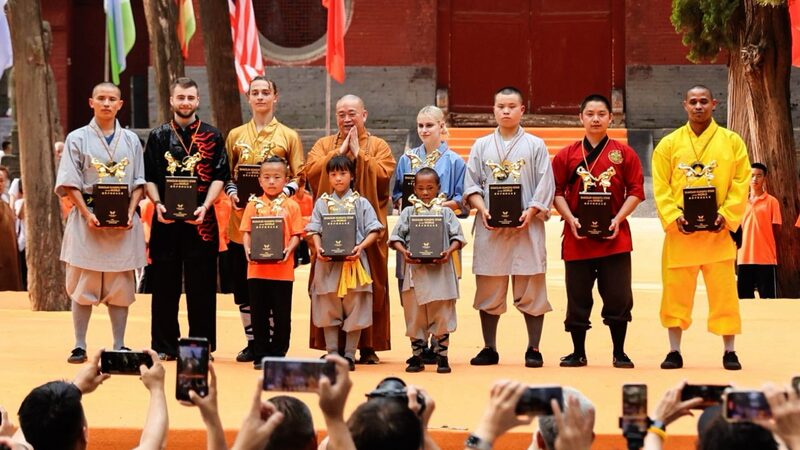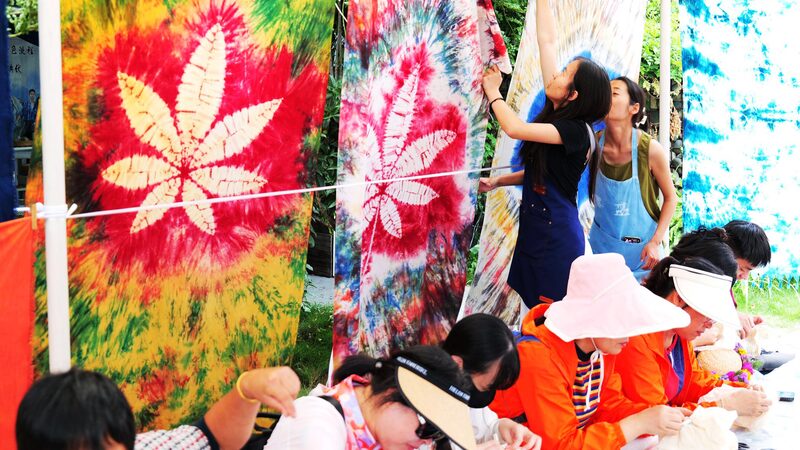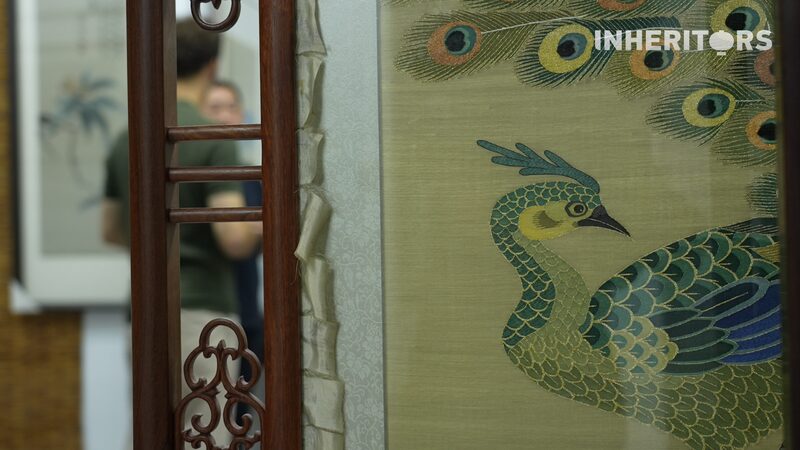While Foshan in the Chinese mainland’s Guangdong province is famed as the cradle of kung fu legends, another cultural gem is quietly thriving: the ancient craft of gambiered Guangdong gauze, a luxurious silk textile steeped in history. Known for its intricate dyeing process and delicate texture, this silk has been a symbol of Lingnan culture for centuries, weaving together tradition and innovation.
The Fabric of History
Gambiered gauze, often dubbed "soft gold," requires over 30 manual steps to produce, from dyeing with the gambier vine to sun-bleaching and sculpting its signature airy texture. Once worn by nobility and traded along maritime Silk Road routes, the craft nearly vanished in the 20th century. Today, artisans like Li Liang, a fourth-generation master known locally as the "Silkfather," are reviving it through collaborations with modern designers and digital platforms.
Silk Meets Modernity
Local workshops now blend traditional techniques with contemporary fashion, creating scarves, dresses, and art pieces that resonate globally. Foshan’s government has also designated the craft as part of its intangible cultural heritage, boosting preservation efforts while fostering cross-border cultural exchanges. For investors, the silk’s resurgence signals opportunities in sustainable luxury textiles, a sector growing rapidly across Asia.
As Li puts it: "Every thread carries our ancestors’ wisdom. Now, it’s our turn to ensure it adapts without losing its soul." For travelers, Foshan’s silk museums and workshops offer a glimpse into this delicate dance between past and present.
Reference(s):
The Silkfather: Preserving Guangdong's gambiered silk legacy
cgtn.com
